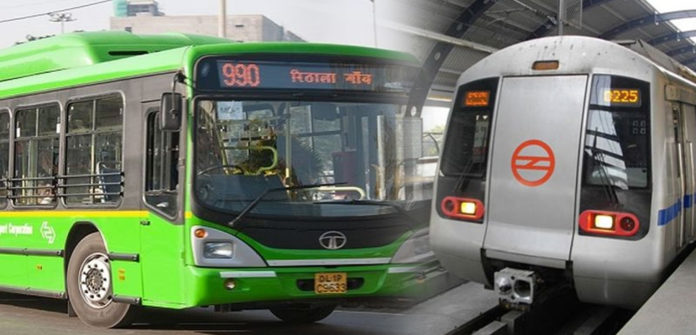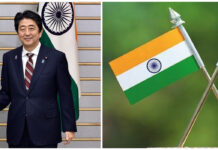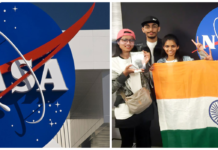Delhi’s Chief Minister Arvind Kejriwal launched the country’s first common mobility card system in India on 8th January. It would be so convenient as the commuters would be able to use the same prepaid card to travel on both Metro as well as DTC and Cluster Buses.
Cities like London, Singapore and Hong Kong already have this system which provides an integrated ticketing system for different modes of public transport which makes it very easy for the public.
Here are the 5 basic things one need to know about the common mobility card
1.Travel Cashless
Okay, if you are a metro card holder, you can travel without any cash for now on 200 DTC buses and 50 cluster buses. There is a device in the bus, all you have to do is board a bus and hand over your smart card to the bus conductor so that he can spite it on the device. People will be given a paper ticket which would have the serial number of the metro card they have and the remaining balance.
2. Only some buses
The buses that begin from Rohini 1, Rajghat and Banda Bahadur Marg depots will have this feature where people can use their smart cards as for now. This implies that buses that ply on routes from Mori Gate to Mayur Vihar Phase 3, Jahangirpuri to Anand Vihar and Mukherjee Nagar to Inderpuri will proffer this service.
3. No discount
Delhi becomes the first city to introduce an e-purse travel system that can perform transactions as low as Rs 5 People should not expect any form of discount in fare just because they are using the smart card on the bus. Such an incentive is offered only in the Metro network so far. The bus fares will not provide any discount whatsoever.
4. Secure Access Modules (SAMs) chips
The ETMs in DTC and cluster buses were already installed. What has been added by the transport department are the Secure Access Modules (SAMs) chips to these machines to equip them for reading the Metro cards. The chips that cost Rs 2,000 per bus were imported from South Korea.
5. Will extend if it becomes popular
The government may ponder on extending it to Metro feeder buses as well, provided the system becomes popular. Hong Kong’s Octopus card, London’s Oyster card and Japan’s Suica card is not only used on buses and the Metro but are also accepted for making payments in retail shops.
Hope that the initiative proves to be expedient! Fingers crossed

























